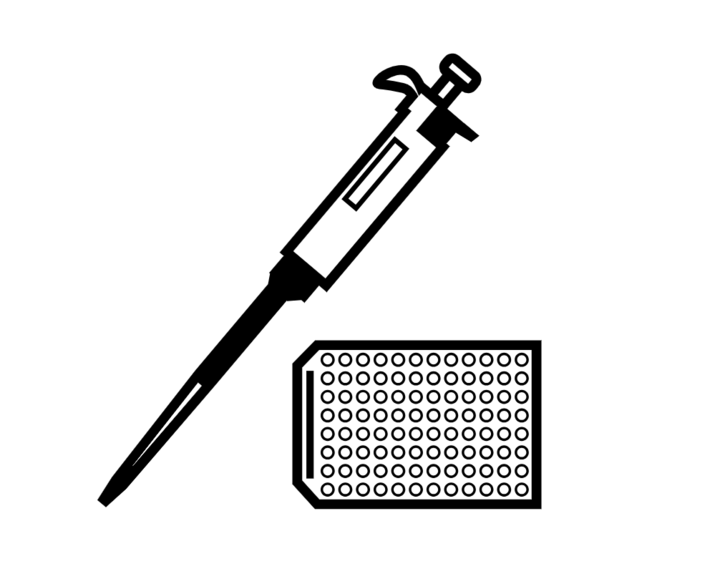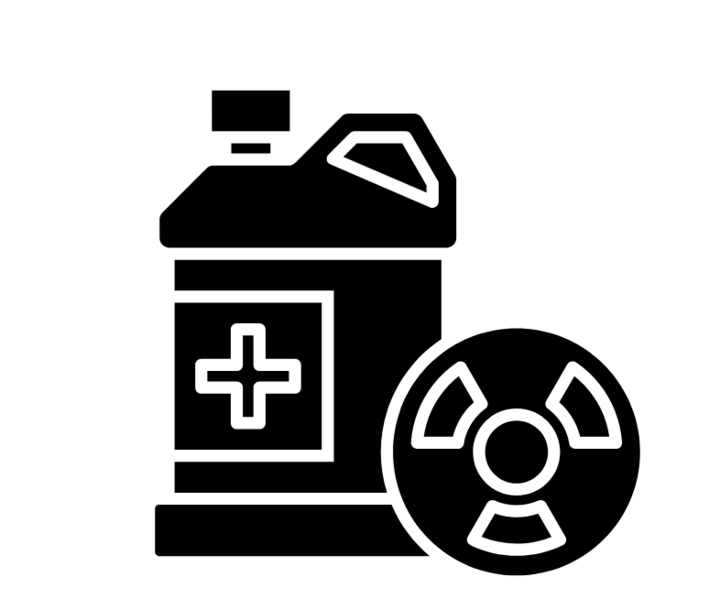The WISH Lab uses a variety of methods to conduct our research.
Read about some of the tools we use to collect and analyze our data!
Vaginal PhotoplethysmographThis tampon-sized device safely emits a small amount of infrared light, which is reflected back from the vaginal walls onto a photovoltaic cell. Increased blood flow during sexual arousal results in a change in light reflected to the photocell. This is a psychophysiological assessment of sexual function and the data is recorded in real time on a Biopac system and analyzed with AcqKnowledge software. | |

| Hormone and Immune AssaysUsing sterile collection methods, we are able to obtain quick and minimally invasive samples of blood, saliva, urine, and vaginal fluid from our paid research volunteers. These samples are stored in a -80°C freezer until analysis. Enzyme-linked immunosorbent assays (ELISAs) and functional killing assays are conducted to uncover steroid hormones, antibodies, cytokines, and other proteins. |

| Validated Self-Reported QuestionnairesTo link our experimental procedures with qualitative information about the individuals who take part in our studies, we make use of established questionnaires. These measures range from the sex-specific, like the Female Sexual Function Index and International Index of Erectile Function, to general indices of behavior, attitudes, and physical and mental health. All responses are anonymized to protect confidentiality and stored on secure servers for analysis. |

Lab Safety: How do we clean our instruments?
- All of the devices we use in our lab have been shown to be medically safe, and are commonly used in sex research around the world. The vaginal photoplethysmograph is the most common medical tool for measuring vaginal arousal and has been used in research for over 40 years. This small, tampon-shaped device measures blood flow to the vagina by detecting changes in light absorbance; see here for more information.
- For the sake of hygiene and safety, we properly sterilize our research instruments after each use. All of our research assistants who are trained in using our equipment are also trained in our sterilization procedure.
- After the devices have been used, they are thoroughly washed in antimicrobial soap and warm water. Next, they are disinfected using CidexOPA. Cidex is an orthodox-phthalaldehyde solution that has been designated by the U. S. Food and Drug Administration as a “high-level disinfectant” appropriate for the disinfection of reusable medical devices that cannot be subjected to heat sterilization. It is commonly used to sterilize gynecologic health instruments such as vaginal ultrasounds. Cidex is known to be effective at killing a broad array of bacteria, mycobacteria, viruses, and fungi, including the herpes simplex virus, HIV, and Candida albicans (the pathogen that causes yeast infections). We test this solution on a weekly basis to ensure it is strong enough to achieve the necessary high level of disinfecting power.
- The final step in preparing the equipment for its next use is to rinse it thoroughly with warm water to remove all disinfectant solution, dry the equipment with medical gauze, and seal it in a plastic bag. Our researchers wear gloves and lab coats during participant testing and during the cleaning procedure in order to maintain a high level of sanitation. In addition, the laboratory surfaces (countertops, exam table) and all non-invasive equipment (e.g., clipboards, pens) are wiped down with a sterilizing bleach solution following each experimental session.
- We keep a log for each use to record which experimenter sterilized the devices and exactly how long the devices soaked in the disinfectant solution. This helps us keep track of our sterilization procedures and ensure that our equipment is safe to use at any given time.